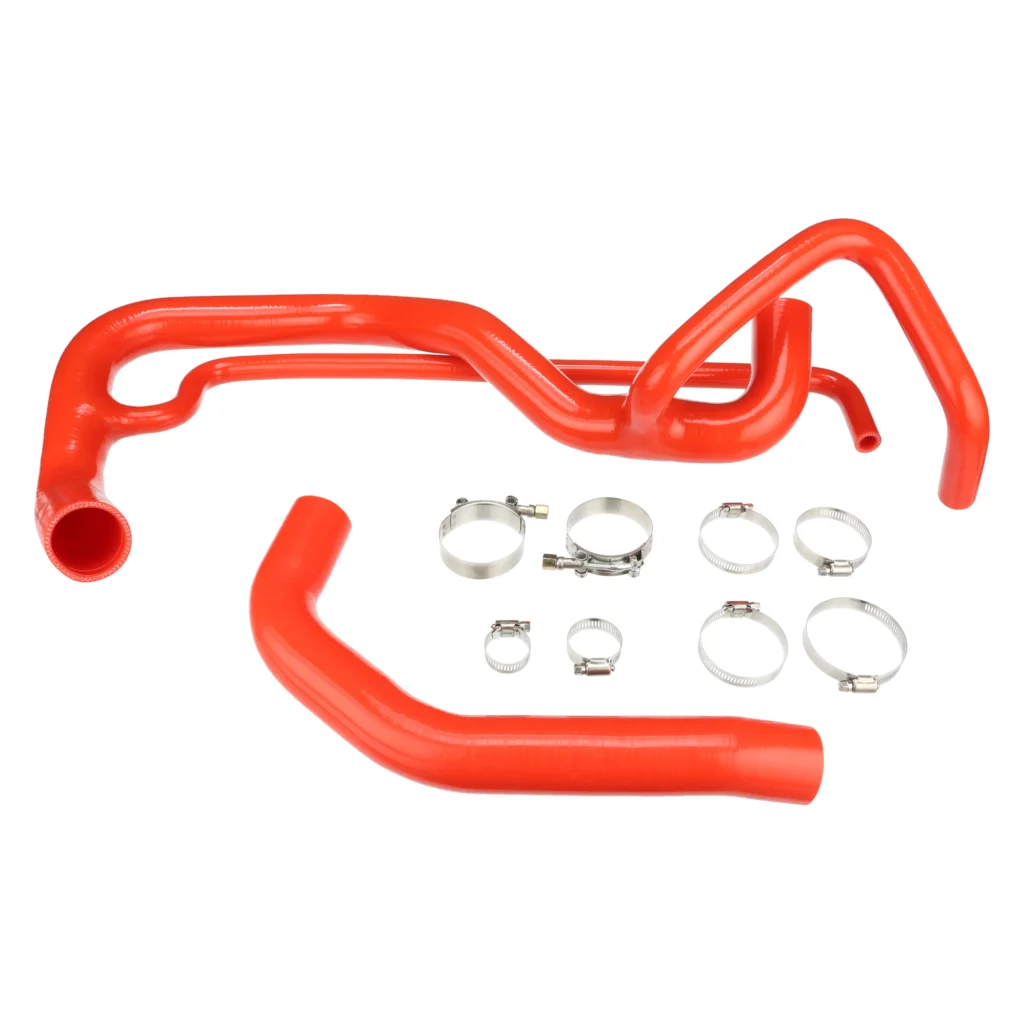Molding radiator hoses is a crucial process in the automotive industry, as it involves the creation of flexible tubes that help to transfer coolant throughout a vehicle’s engine. In this article, we will provide a comprehensive guide on how to mold radiator hoses, including the necessary tools, materials, and steps involved in the process.
Tools and Materials Needed for Molding Radiator Silicone Hoses
Before starting the molding process, it is essential to have the right tools and materials. Here are some of the basic tools and materials needed:
Radiator hose mold: This is the most critical tool needed for molding radiator hoses. The mold should be made of a durable material, such as steel or aluminum, and should have a precise design that matches the shape of the hose.
Silicone rubber: This is the material used to create the hose. It is essential to use high-quality silicone rubber that is resistant to heat and pressure.
Thermal insulation material: This material is used to protect the mold from excessive heat generated during the molding process.
Curing agent: This is a chemical substance that is used to harden the silicone rubber.
Mixing machine: This is a device used to mix the silicone rubber with the curing agent.

Steps Involved in Molding Radiator Hoses
The molding process involves several steps, including:
Preparing the mold: The mold should be cleaned and prepared before using it for molding.
Mixing the silicone rubber: The silicone rubber and curing agent are mixed in a specific ratio to create a uniform mixture.
Pouring the mixture into the mold: The mixture is poured into the mold, making sure that it is filled to the brim.
Curing the hose: The mold is left to cure for a specific period, usually several hours or overnight, depending on the thickness of the hose.
Removing the hose from the mold: Once the hose has cured, it is removed from the mold and cut to the desired length.
Tips and Tricks for Molding Radiator Hoses
Here are some tips and tricks to help you create high-quality radiator hoses:
Use a precise mold design: The mold design should be precise and accurate to ensure that the hose is of the right shape and size.
Use the right mixing ratio: The ratio of silicone rubber to curing agent should be adjusted according to the desired thickness of the hose.
Cure the hose for the right amount of time: The curing time should be adjusted according to the thickness of the hose to ensure that it is fully cured.

Conclusion
Molding radiator hoses is a complex process that requires careful attention to detail. By following the steps outlined in this article and using the right tools and materials, you can create high-quality radiator hoses that meet the rigorous demands of the automotive industry. Whether you are a seasoned professional or a beginner, this guide will help you to create radiator hoses that are both durable and efficient.